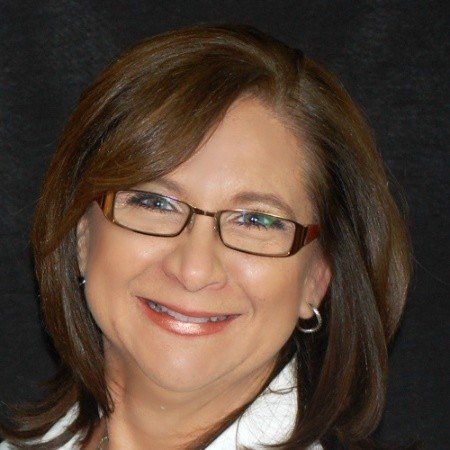Mortgage Planning for Next Steps
While working with my clients I take the time to understand not only what they are hoping to accomplish right now but also where they see themselves headed in the future.
Why is this important?
Sometimes clients have a short-term goal of getting into the housing market and planning to upgrade within the next few years. Sometimes clients are relocating but are nearing retirement so will be looking to downsize soon. Others may be in it for the long haul – starting their families and buying a home they intend to raise their children in.
Qualifying what comes next to say that the best laid plans can often go awry. Rate is not always the deciding factor. When I am choosing a lender for my clients, knowing what their longer-term plans are may steer me one direction or another.
For example, if I know that my clients may potentially make a move and upsize in the next few years I will most likely choose a lender that has favorable policies around porting their mortgages and that offers a blend and extend option.
If my clients express the intention that they will be downsizing in the next few years, and potentially into an age-restricted complex, I will likely choose a different lender. If my clients feel that they will be staying put for the long haul I may well look at yet a different lender.
Why might I look at one lender over another?
As an example, certain lenders will not offer mortgages in age-restricted complexes. Some lenders have very restrictive policies around how they offer clients the option to port their mortgage from one home to the next.
Lenders can have different geographical lending areas, so we also consider that if a client tells us they may be wanting to move to a more rural area. Some lenders are far more aggressive at renewal with respect to what they will offer their clients in terms of a rate for their next term.
I also consider the client service provided by lenders after the mortgage has been advanced.
There are a few lenders that I will not place clients with because of the experience I or other clients have had with them in the past. These particular lenders often have the lowest of the low rates but in this case you get what you pay for.
In my earlier days brokering I used the tagline “creating clients for life”. That was of course interpreted by some as meaning clients would have mortgages for life – this was not what I meant. The intent behind the phrase was that I aim to build relationships with my clients to make future moves and changes to their mortgages much smoother for them.
Quick reminder: if you haven’t already claimed your Home Owner Grant – do it sooner rather than later!
Happy Canada Day all.






